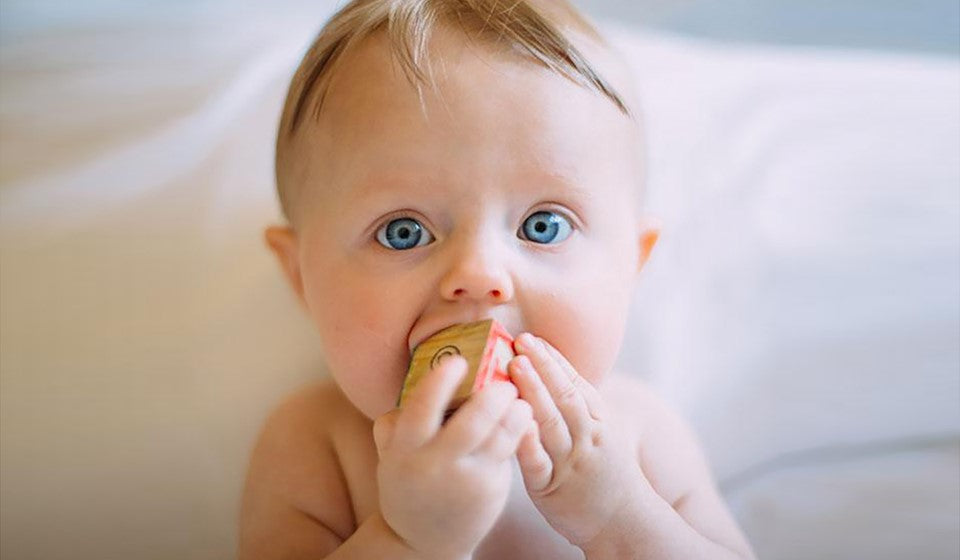The Science Behind Facial Expressions of Emotion

How do we start to make and recognize facial expressions of emotion? It turns out that this complex process starts early in infancy and continues to develop throughout our lives. Infants have fully functional facial muscles at birth as recognized in an article by Ekman & Oster (1979). They already begin to smile in social interactions by 4 weeks of age. It is noted in an article by Somerville (2011), that studies identify a baby’s ability to recognize not only their caregiver’s face but also their caregiver’s facial expressions of emotion by 4 months of age. Communication through facial expressions is a primary component in social interactions and the formulation of relationships.
Universal Facial Expressions of Basic Emotions
According to an article by Matsumoto (2011) in the American Psychological Association, there are 7 universal facial expressions of emotion recognized cross-culturally. These include:
- Happiness
- Fear
- Disgust
- Anger
- Sadness
- Surprise
- Contempt
In addition to these emotions, other categories and complex emotions have been identified throughout the years. Many of these are recognized in the My Moods, My Choices visual aid resources. Our facial expressions are made up of multiple striated skeletal muscles innervated by cranial nerves. According to Matsumoto, emotions can be expressed as “macroexpressions” that typically involve the entire face and “microexpressions” that are brief, subtle facial expressions.
Voluntary and Involuntary Facial Expressions of Emotion
It is widely recognized that facial expressions of emotion can be produced involuntarily and voluntarily. As seen in early infancy, reactions of smiling or crying sometimes appear to occur without conscious effort to do so. This involuntary process involves the extrapyramidal tract or motor neuron pathway that originates from the subcortical region or more primitive areas of our brain.
On the other hand, we can consciously or voluntarily configure facial muscles into a smile even when we are not feeling happy. This voluntary action involves the pyramidal or motor neuron pathway originating from the cortical region of the brain. The action of making ourselves smile can, in turn, produce a feeling of happiness. This is otherwise known as the “facial feedback hypothesis”.
The Amygdala
There are a number of brain structures involved in the complex production and recognition of facial expressions of emotion. One key structure is the amygdala. The amygdala is an almond-shaped set of neurons or brain cells in the brain’s medial temporal lobes. It is part of the brain’s limbic system which processes emotions. According to an article by Wang and colleagues (2017), different types of neurons in the amygdala are activated when facial expressions of emotion are seen. These neurons can detect the intensity of a specific emotion such as “fear” or “happiness” or the ambiguity of an emotion.
In Developmental Neuropsychology, Somerville (2011) and colleagues reviewed studies showing the involvement of the prefrontal cortex in the modulation of the amygdala’s response to facial expressions of emotion. In other words, emotional regulation is achieved by the use of the prefrontal cortex, a complex area of our brain that helps us organize and control behaviors.
Recognition of another person’s emotions, particularly through facial expressions, connects us to each other and creates a social world. This innate process provides the basis for communication and cooperation within relationships. The feelings poster and flipbook from My Moods, My Choices can be used to support children in this ongoing developmental process. The more we can understand how this complex process works, the more we can improve our ability to connect to one another and strengthen our relationships. Thus, further research on the facial expression and recognition of emotions will continue to improve treatment and parenting approaches for children across the developmental spectrum.
Written by Kari Hancock, MD, a child psychiatrist and mom, who has worked with kids, caregivers, teachers, and medical professionals for over 13 years.
Also in Blogs

Does Your Child Live in a High-Conflict Environment?

“What's On?” The Impact Of Media On Kid's Emotional Well-being

